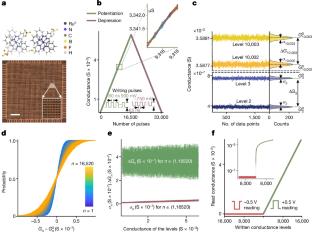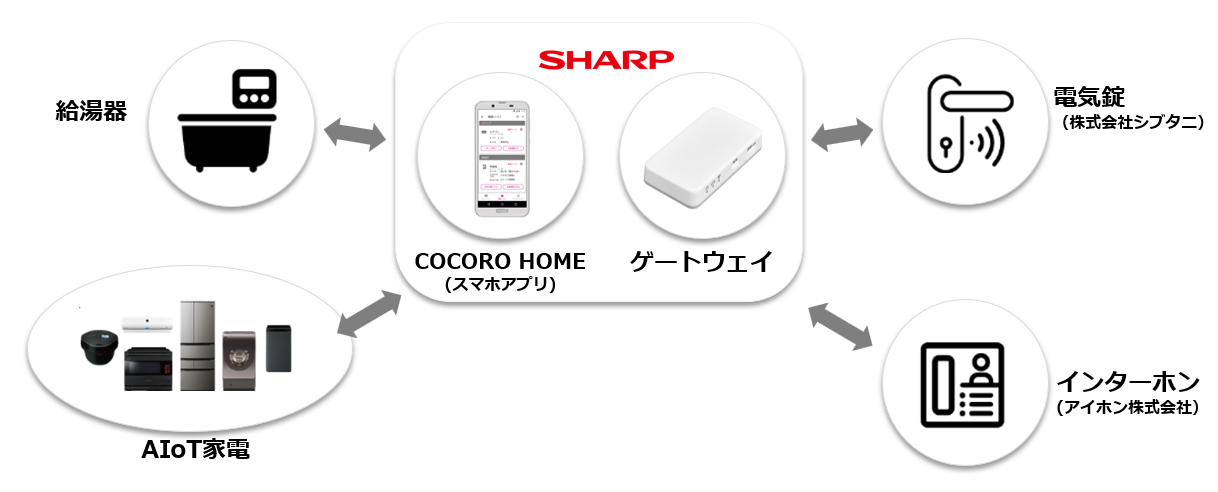2024-09-12 アイルランド・リムリック大学(UL)
<関連情報>
- https://www.ul.ie/research/news/ul-researchers-discover-building-blocks-that-could-revolutionise-computing
- https://www.nature.com/articles/s41586-024-07902-2
線対称自己選択型14ビット運動分子メモリスター Linear symmetric self-selecting 14-bit kinetic molecular memristors
Deepak Sharma,Santi Prasad Rath,Bidyabhusan Kundu,Anil Korkmaz,Harivignesh S,Damien Thompson,Navakanta Bhat,Sreebrata Goswami,R. Stanley Williams & Sreetosh Goswami
Nature Published:11 September 2024
DOI:https://doi.org/10.1038/s41586-024-07902-2

Abstract
Artificial Intelligence (AI) is the domain of large resource-intensive data centres that limit access to a small community of developers1,2. Neuromorphic hardware promises greatly improved space and energy efficiency for AI but is presently only capable of low-accuracy operations, such as inferencing in neural networks3,4,5. Core computing tasks of signal processing, neural network training and natural language processing demand far higher computing resolution, beyond that of individual neuromorphic circuit elements6,7,8. Here we introduce an analog molecular memristor based on a Ru-complex of an azo-aromatic ligand with 14-bit resolution. Precise kinetic control over a transition between two thermodynamically stable molecular electronic states facilitates 16,520 distinct analog conductance levels, which can be linearly and symmetrically updated or written individually in one time step, substantially simplifying the weight update procedure over existing neuromorphic platforms3. The circuit elements are unidirectional, facilitating a selector-less 64 × 64 crossbar-based dot-product engine that enables vector–matrix multiplication, including Fourier transform, in a single time step. We achieved more than 73 dB signal-to-noise-ratio, four orders of magnitude improvement over the state-of-the-art methods9,10,11, while consuming 460× less energy than digital computers12,13. Accelerators leveraging these molecular crossbars could transform neuromorphic computing, extending it beyond niche applications and augmenting the core of digital electronics from the cloud to the edge12,13.



